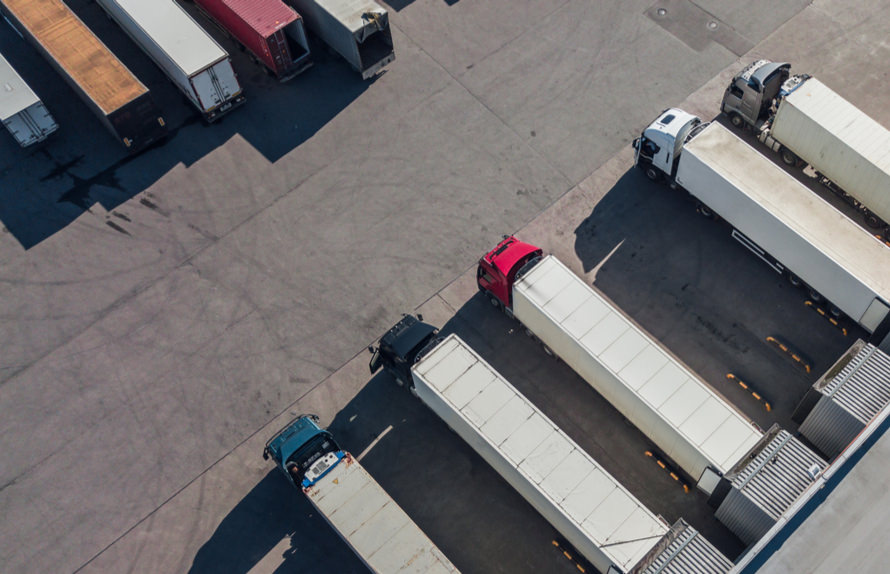
Since the announcement on October 10 2025 of a proposed additional 100 % tariff on Chinese imports, several significant developments have altered the original trajectory:
- On November 1, 2025, the U.S. and China reached a trade and economic agreement in Busan where China committed to suspend the new export controls on rare earths and related critical-minerals that had been announced in October.
- As part of that agreement, China issued general licences allowing exports of rare earths, gallium, germanium, antimony and graphite to the U.S. and U.S. end-users, effectively rolling back the immediate impact of its earlier export-control announcements.
- The U.S. agreed to reduce the so-called “fentanyl” tariff rate on Chinese goods from 20 % to 10 %.
- The reciprocal tariff rate that had been applied to Chinese import, which had been elevated earlier in 2025, was extended at a reduced level (10 %) and the escalation to a higher rate was suspended until November 2026.
- China agreed to suspend its retaliatory tariffs (tariffs imposed on U.S. goods since March 4, 2025) and non-tariff counter-measures, including trade restrictions on U.S. agricultural exports.
On October 10, 2025, President Trump announced a sweeping escalation in U.S. trade measures: an additional 100% tariff on Chinese imports, set to take effect around November 1, 2025, along with tighter export controls on advanced technology and software. The move was framed as a response to recent Chinese export restrictions on rare-earth materials, and it immediately sent waves through global markets. This is on top of many import fees and restrictions Trump has implemented this year.
While the headlines focus on geopolitics, ecommerce sellers are staring down a more immediate reality: higher costs, tighter margins, and major uncertainty just weeks before the busiest shopping season of the year.
Why Ecommerce Will Feel It First
Tariffs are essentially a tax on imported goods. For ecommerce businesses — many of which rely on Chinese manufacturing for everything from apparel and home goods to electronics and toys — that tax can translate directly into increased product costs, supply chain disruption, and operational complexity.
Even if a seller doesn’t buy directly from a Chinese manufacturer, the ripple effects are unavoidable. Many suppliers source components or raw materials from China, so production costs can rise across multiple countries. Here’s how it’s likely to play out:

1. Rising Product Costs
A 100% duty effectively doubles the landed cost of imported goods. For ecommerce businesses operating on thin margins, that’s a huge hit. Sellers will be forced to choose between absorbing the extra cost — reducing profitability — or passing it on to consumers, which could dampen demand during a price-sensitive shopping season.
2. Pricing and Competitive Pressures
Large retailers like Amazon and Walmart have greater leverage with suppliers and more flexibility to adjust prices or negotiate new sourcing contracts. Smaller ecommerce brands and independent sellers, however, have less room to maneuver. They may find themselves squeezed between higher supplier costs and customer expectations for low prices.
3. Supply Chain Disruptions
When tariffs rise suddenly, importers scramble to reroute production or find alternative suppliers. Countries like Vietnam, India, and Mexico could see a surge in demand, but scaling up production takes time — and often comes with higher prices, new minimum order quantities, and quality-control challenges. Expect bottlenecks and longer lead times for key products.
The Timing Problem: Tariffs Meet Peak Season
The announcement comes at one of the worst possible times for online retailers. The US ecommerce calendar is entering its most crucial stretch — the weeks between Halloween, Black Friday, Cyber Monday, and the December holidays.
Many brands have already finalized their holiday inventory, pricing, and promotions. A new tariff taking effect just before the season could throw all of that planning into disarray.
Inventory Already in Transit
Products already on ships or waiting at ports could suddenly become more expensive to clear if they arrive after the new tariff deadline. Sellers should check shipment schedules and customs classifications immediately. A few days’ delay could mean the difference between a profitable and a loss-making shipment.
Promotional Planning and Margins
Discount calendars and advertising campaigns are typically set months in advance. If landed costs increase by 50–100%, many of those promotions will no longer make financial sense. Sellers will need to revisit their pricing strategy, potentially raising prices or scaling back discounts — both risky moves in a competitive holiday market.
Fulfillment and Operations
Fulfillment centers and 3PLs (third-party logistics providers) will be adjusting to new import valuations, documentation requirements, and customer inquiries. Expect temporary delays or added fees as logistics networks recalibrate.
Second-Order Effects to Watch
1. Higher Shipping and Handling Costs
Carriers and customs brokers may introduce new surcharges or request deposits to cover tariff exposure. These costs can quickly add up, especially for businesses importing directly from China or using air freight to expedite holiday shipments.
2. Category Winners and Losers
Not every ecommerce sector will be hit equally. Categories such as apparel, electronics, and toys — where Chinese manufacturing dominates — will feel the most pain. Products already produced in other regions, or those with high value relative to weight, may be less affected.
3. Marketplace Policy Changes
Major marketplaces like Amazon and eBay could update their policies to address tariff compliance. Some may restrict listings for certain products, increase fees, or require sellers to update product origin documentation. Staying informed about these platform changes will be essential.
4. Shifts in Consumer Behavior
If prices rise sharply, consumers may delay purchases, switch brands, or favor domestic or near-shore options. Over time, this could accelerate a gradual trend toward diversified sourcing and more regionalized supply chains.
What Ecommerce Sellers Should Do Now
There’s still a narrow window to prepare before the tariffs officially take effect. Here are key steps ecommerce sellers should consider:
1. Audit Your Inventory and Shipments
Identify all products sourced from China and check their Harmonized System (HS) codes to determine exposure. If you have shipments scheduled to arrive in late October or November, talk to your customs broker or freight forwarder about how the new tariff may apply.
2. Prioritize High-Margin and Core Products
Focus on the SKUs that drive the majority of your profit. If you’re facing limited inventory or higher landed costs, allocate resources to your best-performing and most essential items rather than spreading thin across your entire catalog.
3. Reevaluate Promotions
Recalculate margins with the potential tariffs included. If some holiday discounts now push you below a breakeven threshold, consider adjusting the promotion or offering value in other ways — like free shipping or bundled deals.
4. Talk to Suppliers
Reach out immediately to discuss options for mitigating the impact. Some suppliers may agree to share the cost burden, expedite shipments, or temporarily hold prices. Ask about near-term alternatives in different regions, even if that means starting small with pilot production runs.
5. Communicate with Customers
If product prices or delivery times are likely to change, transparency goes a long way. Explain that tariffs have impacted costs across the market and that your brand is doing everything possible to maintain quality and service.
What Might Happen Next
While the administration’s announcement specified a start date of November 1, 2025, implementation details often shift based on ongoing negotiations. It’s possible that the tariffs could be postponed, scaled back, or targeted at specific product categories rather than applied universally.
That uncertainty adds another layer of difficulty for ecommerce sellers: it’s hard to plan for holiday demand when the cost of your inventory could change dramatically at any moment. The best approach is to scenario-plan — prepare for the tariffs to take effect, but maintain flexibility in case the policy evolves.
The Bottom Line
The newly announced 100% tariff on Chinese imports is a major inflection point for US ecommerce. It arrives just as businesses are gearing up for the most important quarter of the year, threatening to upend pricing strategies, profit margins, and fulfillment timelines.
For ecommerce brands, the key is to act fast:
- Audit your supply chain.
- Recalculate costs and margins.
- Communicate openly with both suppliers and customers.
Whether the tariffs are short-lived or the beginning of a longer trade realignment, the businesses that stay agile — with diversified sourcing and clear communication — will be best positioned to weather the turbulence and maintain customer trust through the holiday season.
Tags: International





